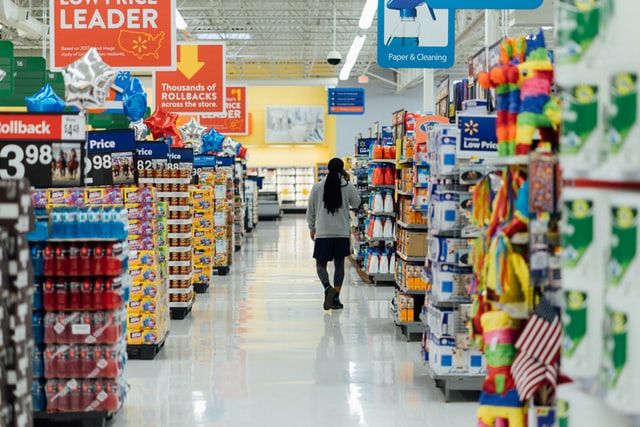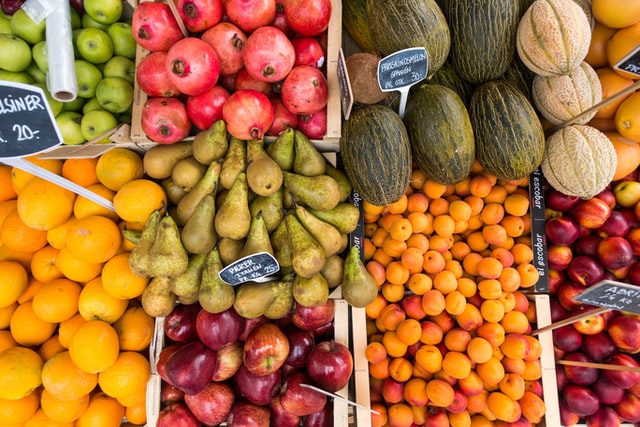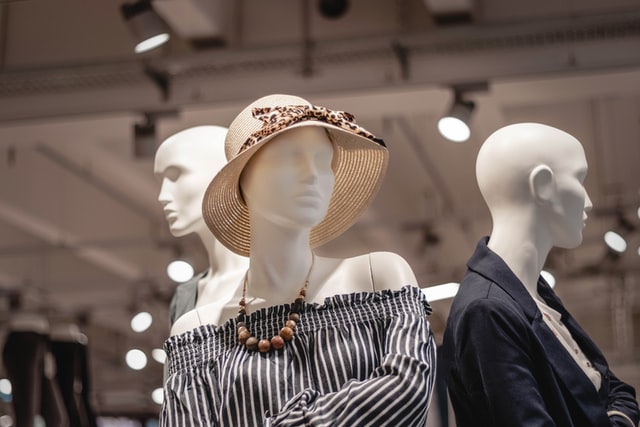
As the industrial revolution began its move to global domination from the shores of Britain, it was hardly imaginable what fundamental changes were facing humanity. Technological advances such as refrigerated transport and increased productivity would expand trade to encompass all continents. This phenomenon called globalisation led to a roaring trade in goods, especially in the western world.
THE DRAWBACKS OF GLOBALISATION
Our current standard of living would not be possible without the global trading and information network. Global trade enables us to have the luxury of consuming the goods we enjoy all year around. For this consumption, Europe draws a lot of its resources from developing countries. In these settings production often occurs in a way that does not take regard to human rights or the environment. Often forced and child labour are also involved. Slavery is not a chapter of our past but is still present today. According to the Global Slavery Index of 2016 more than 40 million people ar affected by modern slavery.
ON AVERAGE 60 SLAVES PER CONSUMER

Our consumption decisions and our lifestyles have devastating consequences for people in developing regions of the planet. They often face insufficient pay and forced labour. Prices that seem too good to be true often are a warning sign for this.
Many consumers do not even realise this and some deliberately do not give thought to the origin of the food and products they buy. In addition to this, it is also becoming increasingly difficult to find products that have not been created through the exploitation of labour. An average consumer “employs” an average of 60 slaves. The number that are necessary for your lifestyle can be estimated at slaveryfootprint.org.
SIGNIFICANT AMOUNTS OF FOOD THAT WE EAT IS IMPORTED
As we have become used to having things such as bananas and oranges all year around, we have also forgotten that these are only produced in sub-tropical climates. Apples, pears, cherries and plums can be found in Austria but most other fruit is from abroad.
France, Spain, the Netherlands and Italy are countries that export fruit and vegetables all year round. Refugees from Africa, Asia and Eastern Europe are often involved in the production process. Pitiful wages and desolate accommodation without running water and electricity are a sad part of the realities of their lives. Due to the dismal sanitation, many also risk becoming ill. They are not given protective clothing, are required to work with pesticides and can be exposed to violence and/or rape. A documentary by Bavarian Television that is well worth seeing addresses this topic in more detail.
The miserable conditions which foreign workers who harvest asparagus on Austrian soil face proves that one does not necessarily have to look to developing countries to find exploitation. Media reported not only inadequate accommodation, but also horrific working hours and poor wages.
The following goods are also often imported from abroad and are regularly produced in exploitative circumstances:
- Fruit from southern Europe or South America
- Flowers from Kenya
- Coffee from Brazil
- Cocoa from Ivory Coast
- Hazelnuts from Turkey
- Meat from Hungary
PRECIOUS METALS ARE HIGHLY PROBLEMATIC
The use of phones, laptops and tablets is increasing globally. Consumers often do not spare a thought for how these are manufactured. Cobalt is mined in the Democratic Republic of the Congo – this material is necessary for the manufacture of batteries. Often it is children that mine this material. Large companies, such as Daimler, assert that supply chains are too complex to be able to understand whether child labour been a component in their cars production.

Coltan is another problematic component that is essential for our electrical gadgets. The tantalum obtained from it is used for capacitors, without which cameras, flat screens, laptops and smartphones would not work. Coltan is controversial because the Congolese mines from which it is extracted are often in the hands of armed rebel groups. These employ day laborers, often children, to mine the material cheaply.
Jewelry production consumes up to half of the gold mined and more than half of the diamonds extracted worldwide. Precious metals and stones have been repeatedly associated with human rights violations. Adults and children regularly have accidents in the mines, where they do heavy work every day. They have no rights, are paid low wages and cannot rely on any social safety net. Because toxic chemicals are required to break down these materials, many waterways have become contaminated. People who live in the vicinity of these industrial mines often lose their drinking water as a result.
WHERE DOES OUR CLOTHING COME FROM
The production of textiles can also be a difficult topic. Media interest increased significantly when a factory collapsed in Dhaka, Bangladesh. The Rana Plaza complex collapsed and buried thousands. 1136 people died and a further 2000 were injured.
At that time, the Rana Plaza employed more than 5,000 people. Big brands like Primark, Mango, Benetton and C&A had their clothes produced there cheaply. Workers in the textile industry are exploited with below-average wages, have little free time due to long working days and have to deal with dangerous chemicals without the use of protective equipment. In addition, there is often a lack of fire protection regulations in these large factories.

After Rana Plaza, higher security standards were enforced in Bangladesh. At the global level, however, hardly anything has changed. Large fashion chains promised improvements in terms of labour standards in their supply chains. Mostly, however, it remained with lip service. If these companies actually paid the workers in the textile factories a fair wage or gave them the right to unionise or have employee representation, they would have to raise their prices. The price war in the fashion industry makes this almost impossible.
China is also currently being viewed critically. Human rights organizations reported in 2020 that the Chinese government was systematically transferring the Muslim Uyghur minority to internment camps in an attempt to supress them. Up to 1.8 million people could be affected by forced labor and/or violence and rape, forced sterilization as well as re-education efforts by the Chinese.
Much cotton is grown in the Xinjiang region – the region of the Uighur people. Around 20 percent of global production comes from this area and one in five items of clothing could therefore potentially have been created by Uighur forced labour. A coalition of more than 180 organizations has called on major international corporations to immediately examine their supply chains to ensure that they do not contribute to the exploitation of Uighur forced labourers.
WHAT CAN I DO AS A CONSUMER?
Companies often try to shift the responsibility entirely to consumers and their purchasing decisions. Slowly however, resistance to this is building. A first step was taken in Germany, where on June 11, 2021 the “supply chain law” was agreed upon by the Bundestag. This obliges companies to monitor and screen their supply chains for human rights violations as well as environmentally harmful practices. To date, only one in three European companies has done this kind of screening. The German law is a start, but critics say it still has flaws which means it needs to be refined to function optimally.
In Austria the community has also not remained idle. The “Citizens’ Initiative Austria” was initiated by a committee made up of people from different backgrounds. You can support this initiative by making a donation, or actively volunteering.
SMALL CHANGES, BIG EFFECTS
As individuals, we can only consume to change the current economic system at the margin. However, rethinking our consumption habits still contributes a small part. And as with other things, it is always a question of your financial resources.
Certified labels can help you make more sustainable purchasing decisions. You can find an overview here.
- Try to use fair trade products. Coffee or chocolate with a trustworthy label can now be found in almost every supermarket.
- Shop for clothing at thrift stores, charity shops or flea markets. Not only is this cheaper, but you often come across real treasures while rummaging around.
- When buying fruit and vegetables, educate yourself regarding in-season produce and purchase regional products if possible. Weekly farmers’ markets are held in many cities.
- Nowadays it is difficult to get by without a smartphone and laptop. In this category of products there are now providers like Fairphone who source their materials ethically and can even deliver spare parts. Electrical appliances can also be easily bought second-hand, whether privately or through commercial providers. Also use each device until it actually no longer works! You can then take it to an electronics store – where it will be recycled and the raw materials reused.
